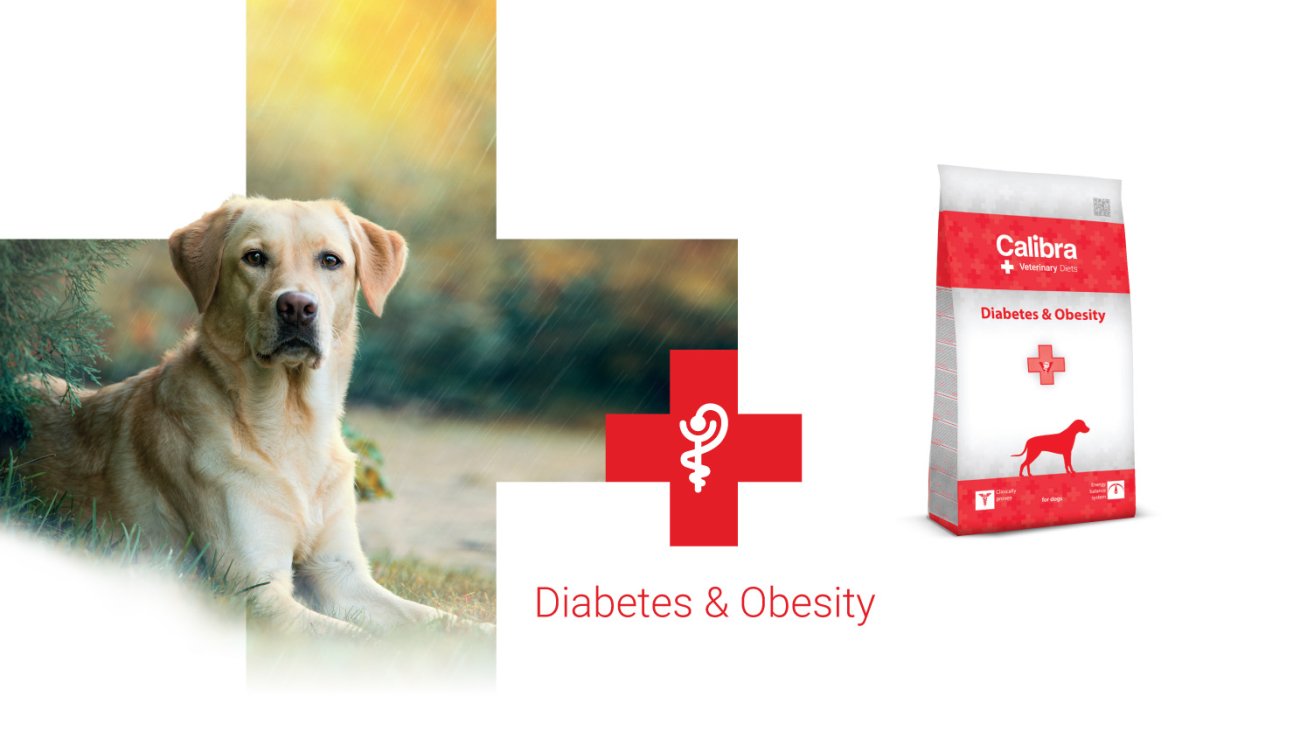VD Diabetes & Obesity for dogs
18. August, 2021
Is your dog overweight or has he been diagnosed with diabetes? In both cases,
Calibra has a solution in the form of a veterinary diet Calibra VD Dog Diabetes
& Obesity.
In this article you will learn:
- How obesity occurs in dogs and what it can cause
- What conditions the development of Diabetes mellitus and how to set the regime for diabetics
- why the Calibra veterinary diet is so effective
How to determine whether a dog is obese
Obesity is a condition in which there is an overall increase in the amount of adipose tissue in an individual. Such a situation is evaluated using the Body Condition Score (BCS), an international system of determining the physical condition of dogs and cats. A nine-point system is used to more accurately describe the animal‘s condition.
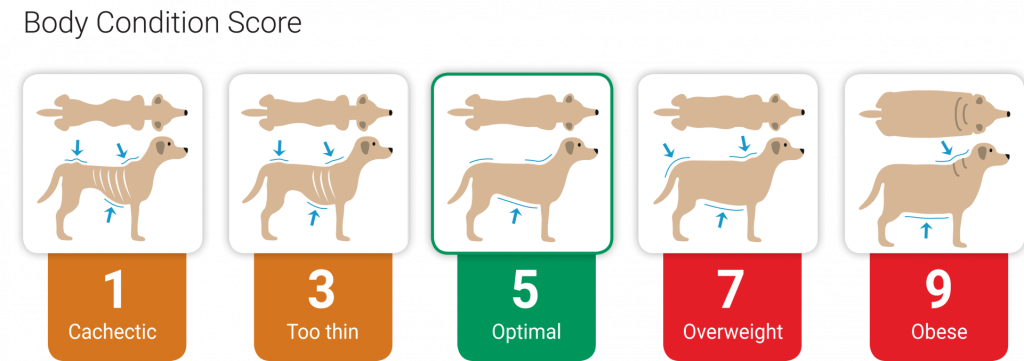
What causes obesity
Obesity is the result of high caloric intake and a disproportionately low expenditure of energy. It usually depends on diet – the quantity of calories taken in – and the amount of exercise. In some dogs, hormonal problems (hypothyroidism), heredity, or other factors can contribute to obesity.
However, a dog´s condition can always be influenced for the better using the correct diet and appropriate physical activity.
What obesity can cause in dogs
 Orthopedic issues (overloaded joints, pressure on the skeleton
Orthopedic issues (overloaded joints, pressure on the skeleton
and ligaments, a greater risk of developmental anomalies during
growth periods)- Circulatory problems (kidney strain, fatty liver)
- Diabetes mellitus
- Interference with reproductive functions (reduced sperm longevity,
difficulty conceiving) - Fatigue – potential collapse during exertion (heart, respiratory
system)
Consequences of obesity
Obesity is not just a cosmetic issue – it’s a dangerous state that affects the dog‘s entire body, and the function of internal organs.
It can radically shorten the animal‘s lifespan or even lead to its collapse and/or death.
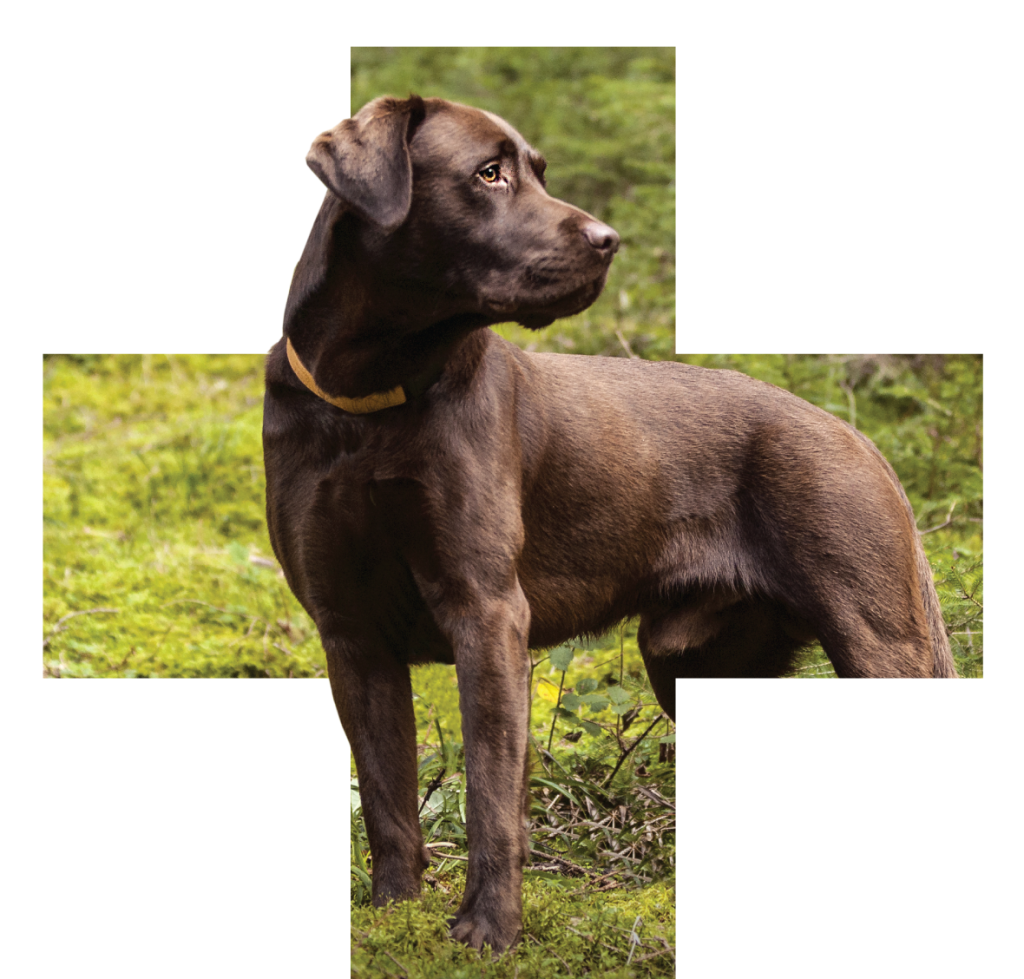 Treating obesity
Treating obesity
Obesity is a disease in which nutritional therapy is the primary therapy: The veterinarian always chooses the appropriate approach and establishes the relevant weight loss regime.
Ideal weight loss is between 0.5 to 2% of body weight per week (depending on the breed). After about three weeks, at the follow-up visit, either further modifications are made (reducing caloric intake if the animal is not losing weight), or the current plan is maintained
(if the animal is losing weight) until the desired weight is reached. There are several treatment options:
- Reduction regime determined by the veterinarian based on the patient’s condition by reducing the amount of food.
- Physical activity regime – increase physical activity, add longer walks
- Special reduction regime with the help of a veterinary diet, which offers many advantages over simply reducing the amount of commercial pet food.
Advantages of veterinary diet for weight management
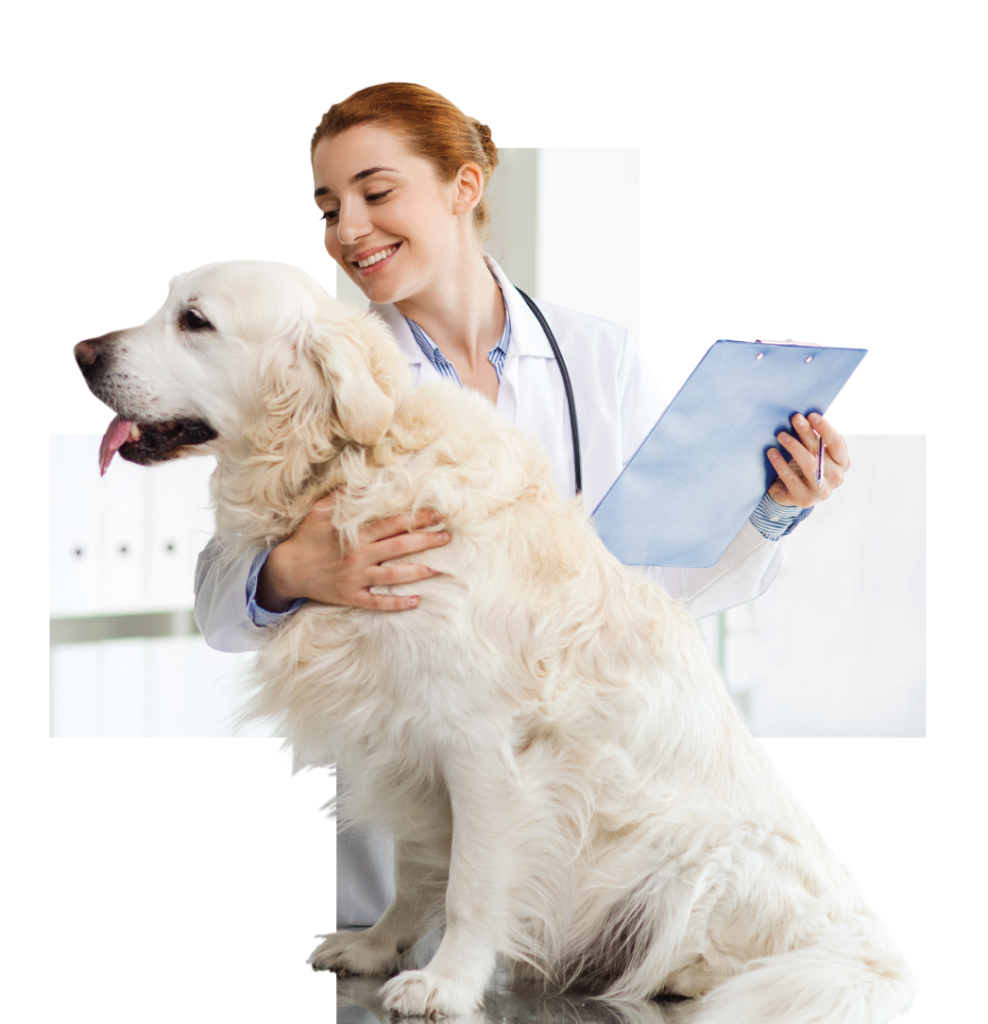
- Fewer calories – the dog can continue to have the same amount of food that it is used to, but its caloric intake will be reduced and therefore the dog‘s weight can go down.
- Increased fiber content, which creates a feeling of satiety without additional calories. The dog then doesn’t have a tendency to beg and certainly won’t go hungry.
- Increased protein content protects muscle mass during weight loss. Muscles are important for healthy movement.
- L-carnitine to support fat burning.
What happens once the dog reaches its ideal weight
After the dog reaches its ideal weight, it cannot go back to its former regime – this could lead to the yo-yo effect, much like in people. During the reduction phase, we recommend using a weight maintenance food – such as one of the commercial foods that has a nutritional composition specially adapted to the needs of dogs prone to gaining weight.
Such foods can be used throughout the animal‘s life, as it contains all the necessary nutrients, just with fewer calories.
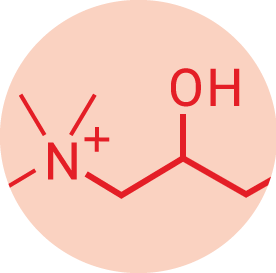 L-carnitine contributes to the transfer of fatty acids to the mitochondria, where they’re broken down. Mitochondria have a double membrane that fatty acids can’t penetrate on their own without a carrier. L-carnitine is also created within the body, specifically in the liver. It is therefore about adding or adjusting dietary elements that are naturally present in the body.
L-carnitine contributes to the transfer of fatty acids to the mitochondria, where they’re broken down. Mitochondria have a double membrane that fatty acids can’t penetrate on their own without a carrier. L-carnitine is also created within the body, specifically in the liver. It is therefore about adding or adjusting dietary elements that are naturally present in the body.
What is really important
During weight loss or weight maintenance, it is essential that the diet regime will be followed exactly. No member of the family should give the animal food from the table or treats that have not been approved by the veterinarian.
Unchecked, this will increase their caloric intake – and instead of losing weight, the animal gains weight. Be wary of some dry treats – these can have a surprisingly high calorie content.
Diabetes in dogs
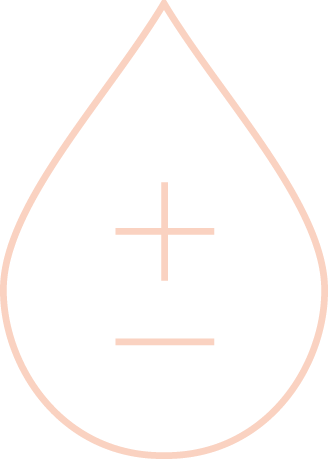 Diabetes affects dogs as well as people. It is a condition caused by an increased level of glucose in the blood.
Diabetes affects dogs as well as people. It is a condition caused by an increased level of glucose in the blood.
Diabetes arises often as a result of pancreatitis, or an autoimmune disorder, and can be connected with various endocrine disorders, such as Cushing‘s disease or female dogs’ heat cycles, as well as the use of corticosteroids, or in connection with obesity.
Obesity can be cured, diabetes cannot...
Diabetes can only be brought under control by administering insulin and a proper therapeutic diet.
The diet for managing diabetes is specially formulated to support body functions by:
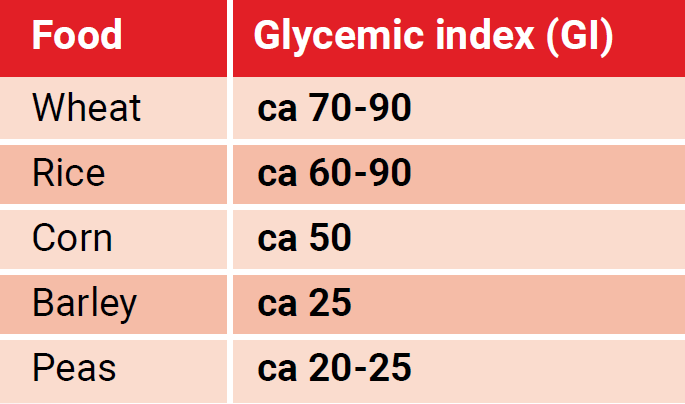 Reduced carbohydrate content
Reduced carbohydrate content- Carbohydrates with a low glycemic index (control of post-prandial glycemia, or blood glucose levels after eating)
- High protein content to maintain lean muscle
mass. - High antioxidant content prevents disruption of metabolic processes and cell membrane damage (diabetes contributes to oxidative stress).
Onset of diabetes in obese dogs
Blood sugar (glucose) level is maintained by two hormones – glucagon and insulin. These hormones are created in the pancreas. Insulin reduces blood sugar level by ensuring that it moves into cells, and cells use this sugar as a source of energy.
In obese individuals, cell receptors do not respond well to this instruction – more and more insulin is required for them to understand it. Eventually, the insulin-producing cells in the pancreas are depleted and diabetes develops.
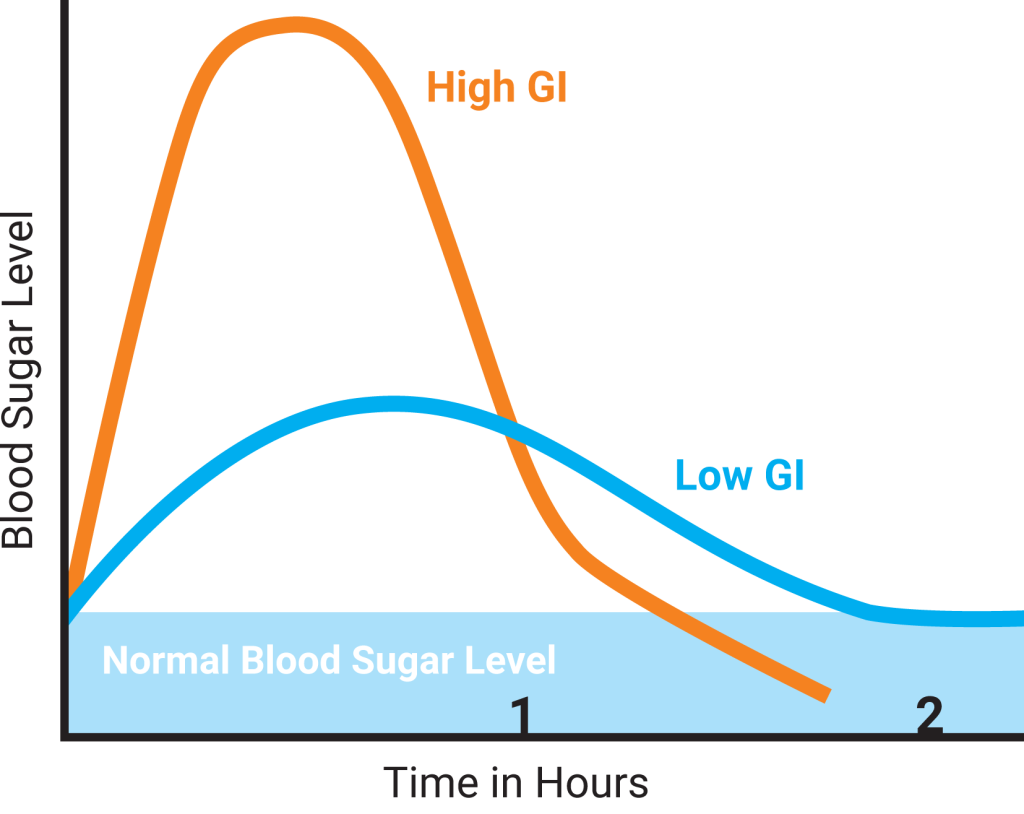
What is important:
Regular feeding of smaller portions of food is essential to maintain a constant (steady) blood sugar level.
Only veterinarian-approved treats should be given, and only occasionally. Some contain carbohydrates with a high glycemic index that can increase blood sugar levels and cause a temporary worsening of the condition.
What Calibra offers
As obesity and diabetes have common key parameters and are closely related (obesity can cause diabetes), Calibra has developed its Calibra VD Diabetes & Obesity veterinary diet.
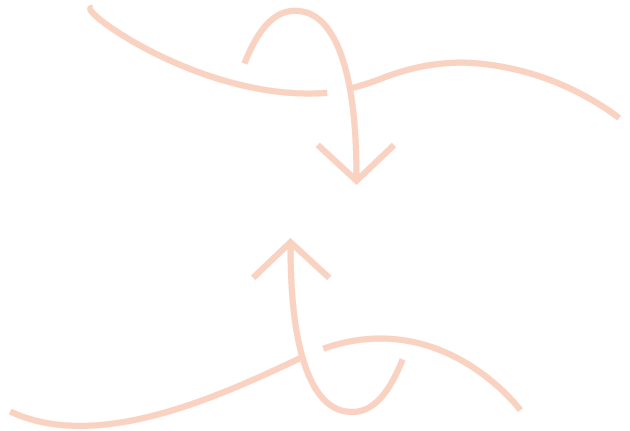 Recommended uses of diet:
Recommended uses of diet:
- Dietary support for Diabetes mellitus
- Weight reduction
- Weight maintenance
As obesity has a negative effect on the musculoskeletal system overloaded joints, the Calibra veterinary diet also contains added chondroprotectives.
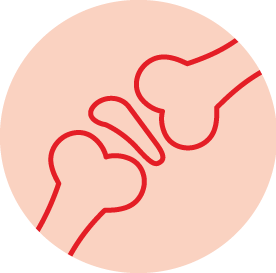
Chondroprotectives - are substances that support joint function. They include glucosamine (an amino sugar that is a natural part of connective tissue) and chondroitin sulphate (a natural component of joints).
Veterinary diet Diabetes & Obesity helps: [#product-1374]
- Reduce excess weight/obesity
- Maintain optimal weight
- Dogs prone to obesity
- With diabetes
Benefits of Calibra VD Diabetes & Obesity:
Energy balance system
- High protein recipe
- Low calorie content, low carbohydrate carbohydrate content & increased fiber
METABOLIC MANAGEMENT COMPLEX – supports the fat utilisation and the optimisation of the blood sugar curve
- Source of carbohydrates with a low glycemic index
- High L-carnitin (fat burning support)
- Vitamins and antioxidants (polyphenols and flavonoids from green tea and curcuma)
